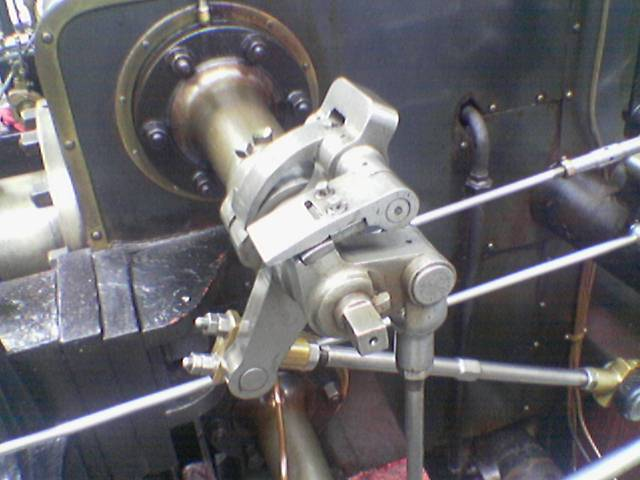Quantum computing is still in its infancy. This year, it just got an operating system and a network. And now, we move on to real world applications.
Here is an example. This is quantum computing applied to a classic problem in machine vision: edge detection.
The Sobel operator is a well known convolution kernel for edge detection.

 en.wikipedia.org
en.wikipedia.org
But in current AI, this kernel must be swept across the image using matrix multiplication (nVidia GPU's) to get an input suitable for an artificial neural network. So in a 1024x1024 pixel visual frame, you have to do a million multiplications before you even get a useful input.
The quantum people do it differently. They encode the pixels up front, and then do the math on the back end - which harnesses all the wonderful quantum properties like parallelism and entanglement. Today this can be2 done at room temperature with reasonable sized qubit arrays.
The results are spectacular. The complexity of the quantum algorithm is O(n) instead of O(n ^ 2). The quantum computer does edge detection in linear time, the same way our brains do. The edges are detected with the quantum Sobel operator, whereas the Canny algorithm is used to apply hysteresis to the results so moving edges can be correctly tracked.
This technology, for the first time, can keep up with a human brain. It will generate an edge map well within the 200 msec defined by the human visual system (other things being equal, for example a 1024-square image is about a million RGB pixels, and the human retina has about a million RGB and grey scale nerve fibers).
Here is an example. This is quantum computing applied to a classic problem in machine vision: edge detection.
The Sobel operator is a well known convolution kernel for edge detection.
Sobel operator - Wikipedia
But in current AI, this kernel must be swept across the image using matrix multiplication (nVidia GPU's) to get an input suitable for an artificial neural network. So in a 1024x1024 pixel visual frame, you have to do a million multiplications before you even get a useful input.
The quantum people do it differently. They encode the pixels up front, and then do the math on the back end - which harnesses all the wonderful quantum properties like parallelism and entanglement. Today this can be2 done at room temperature with reasonable sized qubit arrays.
The results are spectacular. The complexity of the quantum algorithm is O(n) instead of O(n ^ 2). The quantum computer does edge detection in linear time, the same way our brains do. The edges are detected with the quantum Sobel operator, whereas the Canny algorithm is used to apply hysteresis to the results so moving edges can be correctly tracked.
This technology, for the first time, can keep up with a human brain. It will generate an edge map well within the 200 msec defined by the human visual system (other things being equal, for example a 1024-square image is about a million RGB pixels, and the human retina has about a million RGB and grey scale nerve fibers).